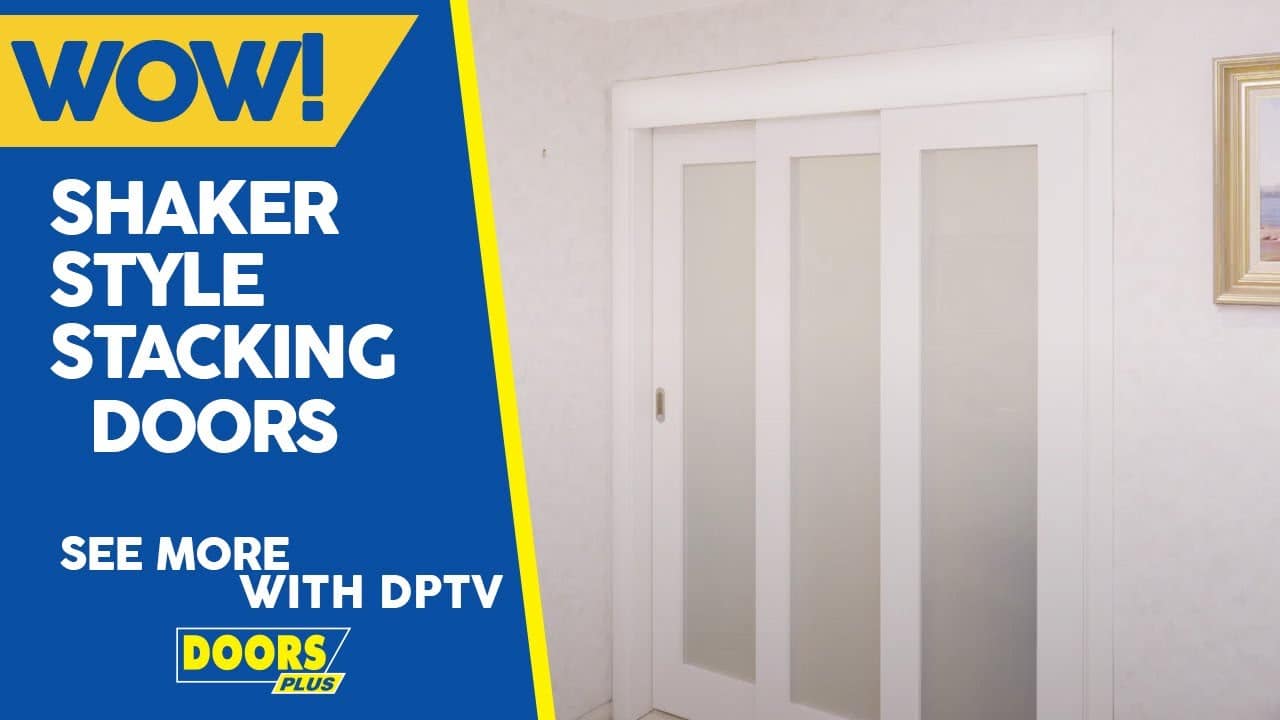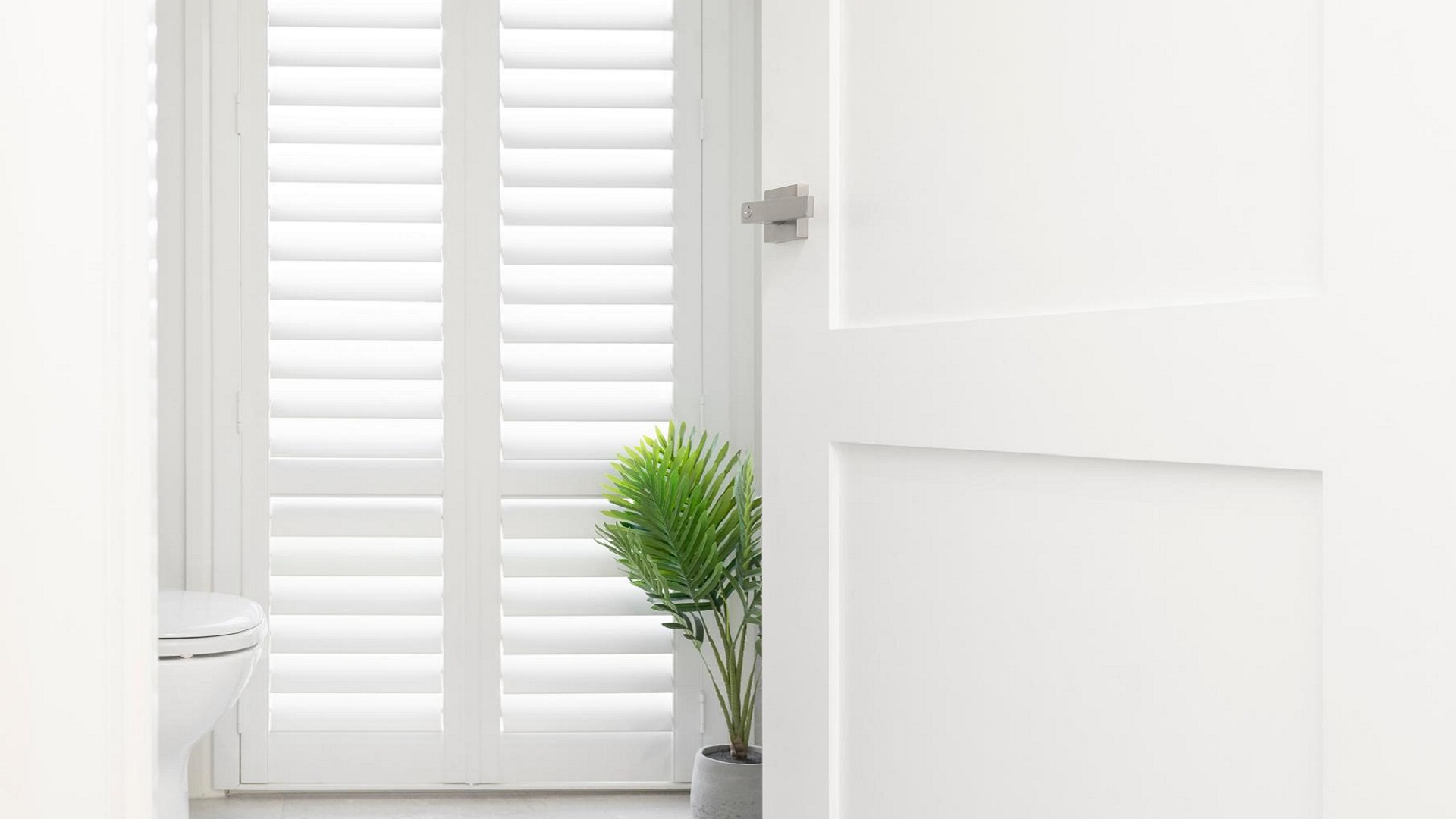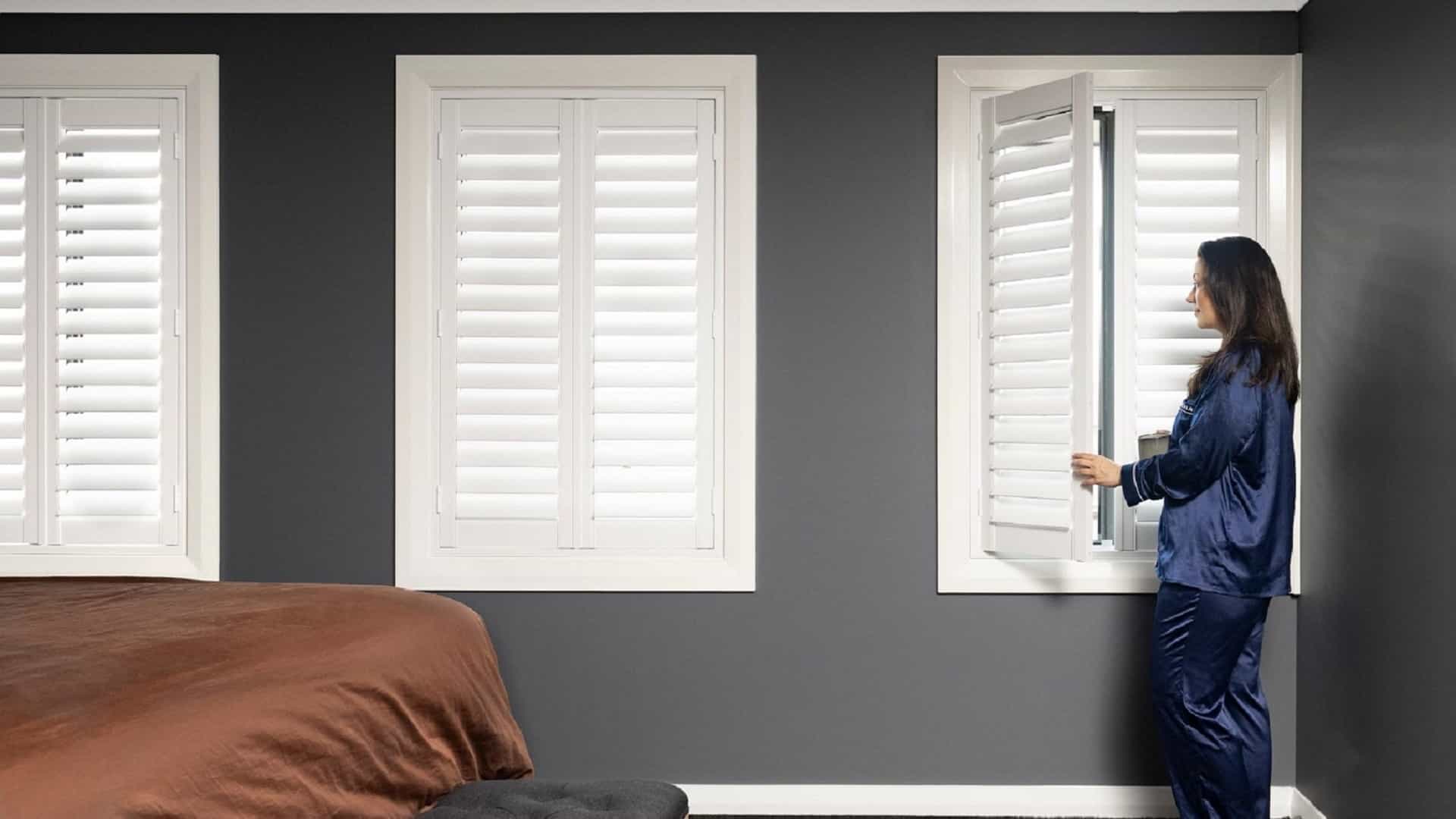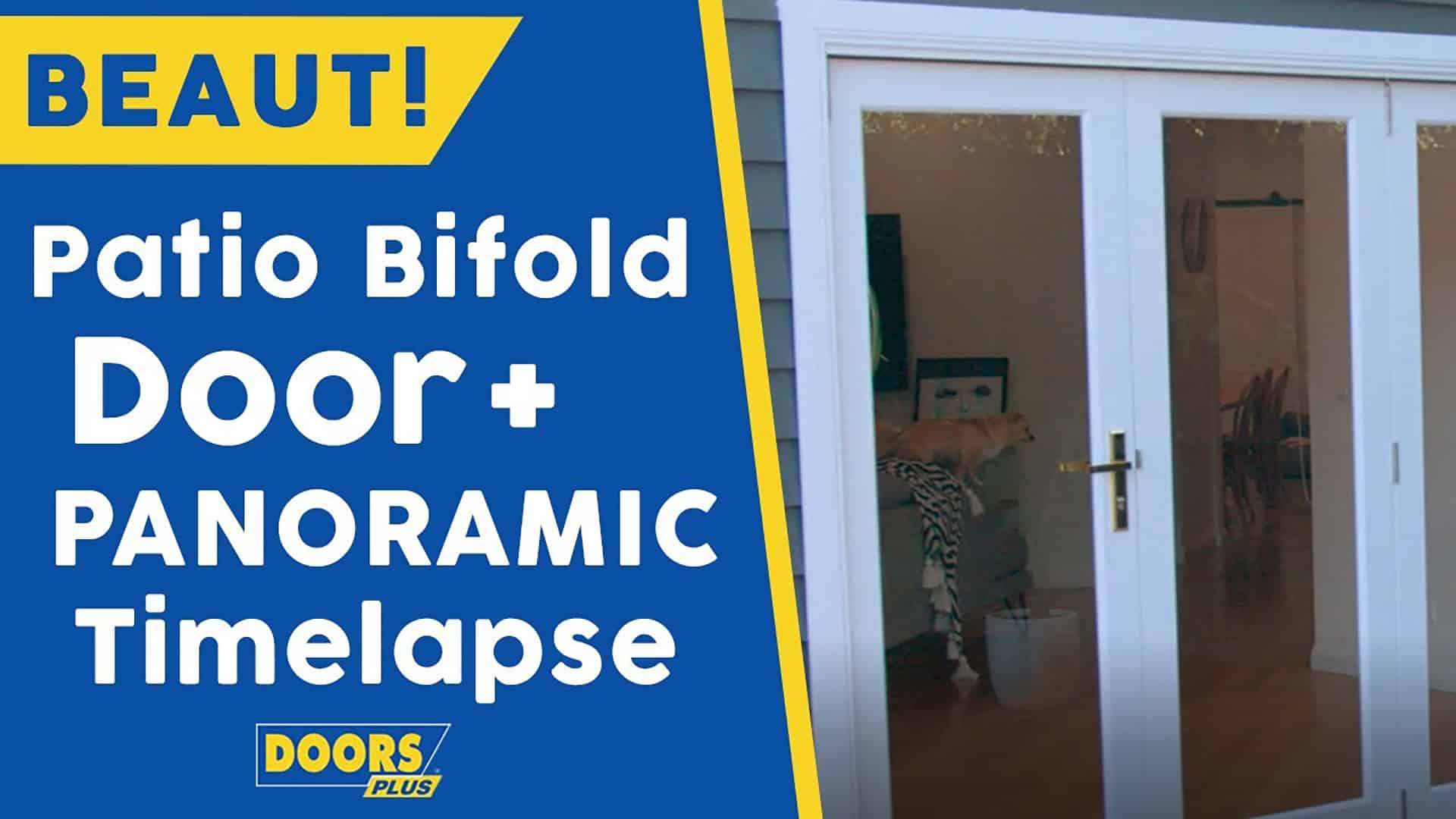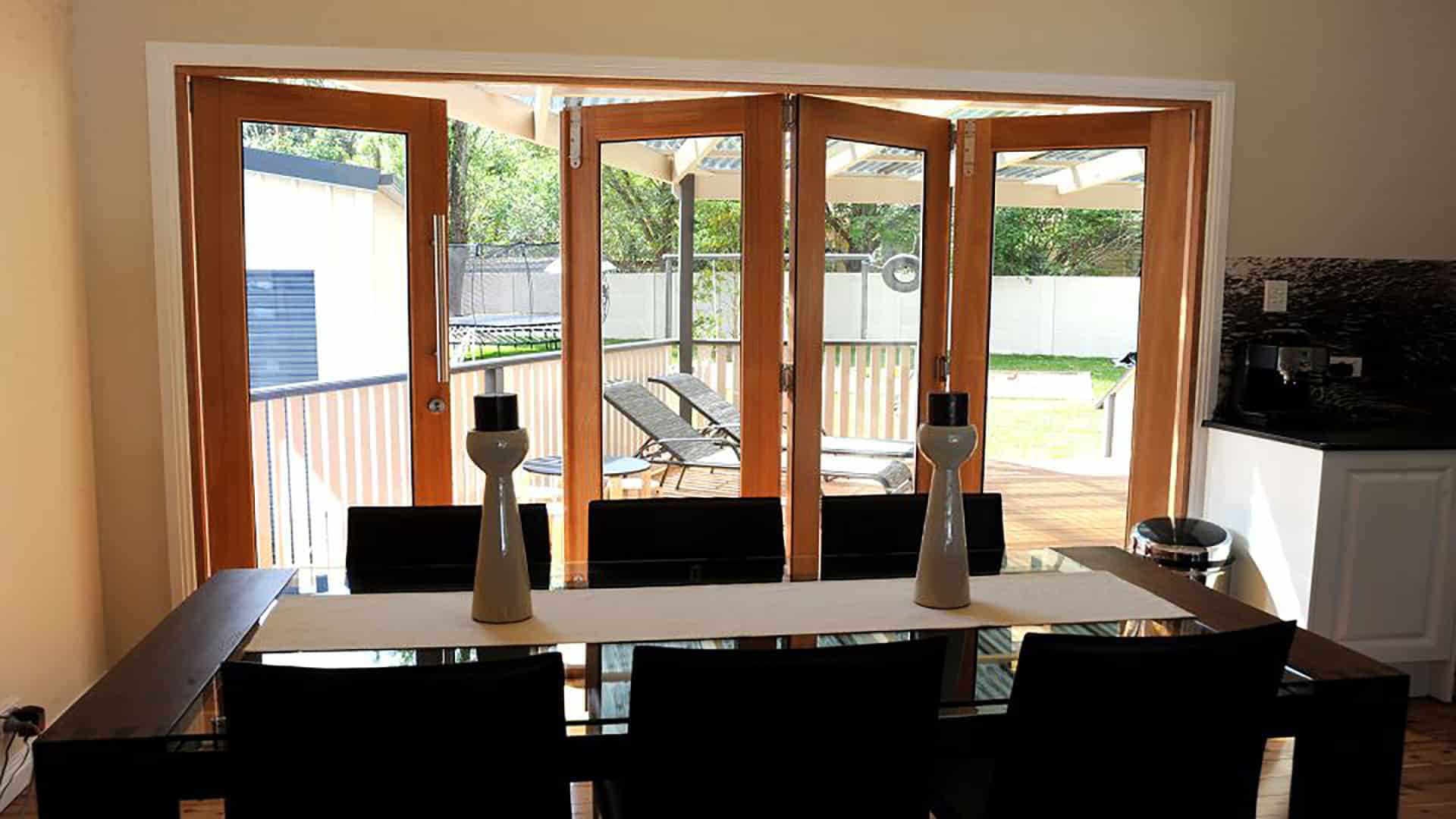How do you Insulate a Draughty Door? Learn How to Insulate Entry Doors
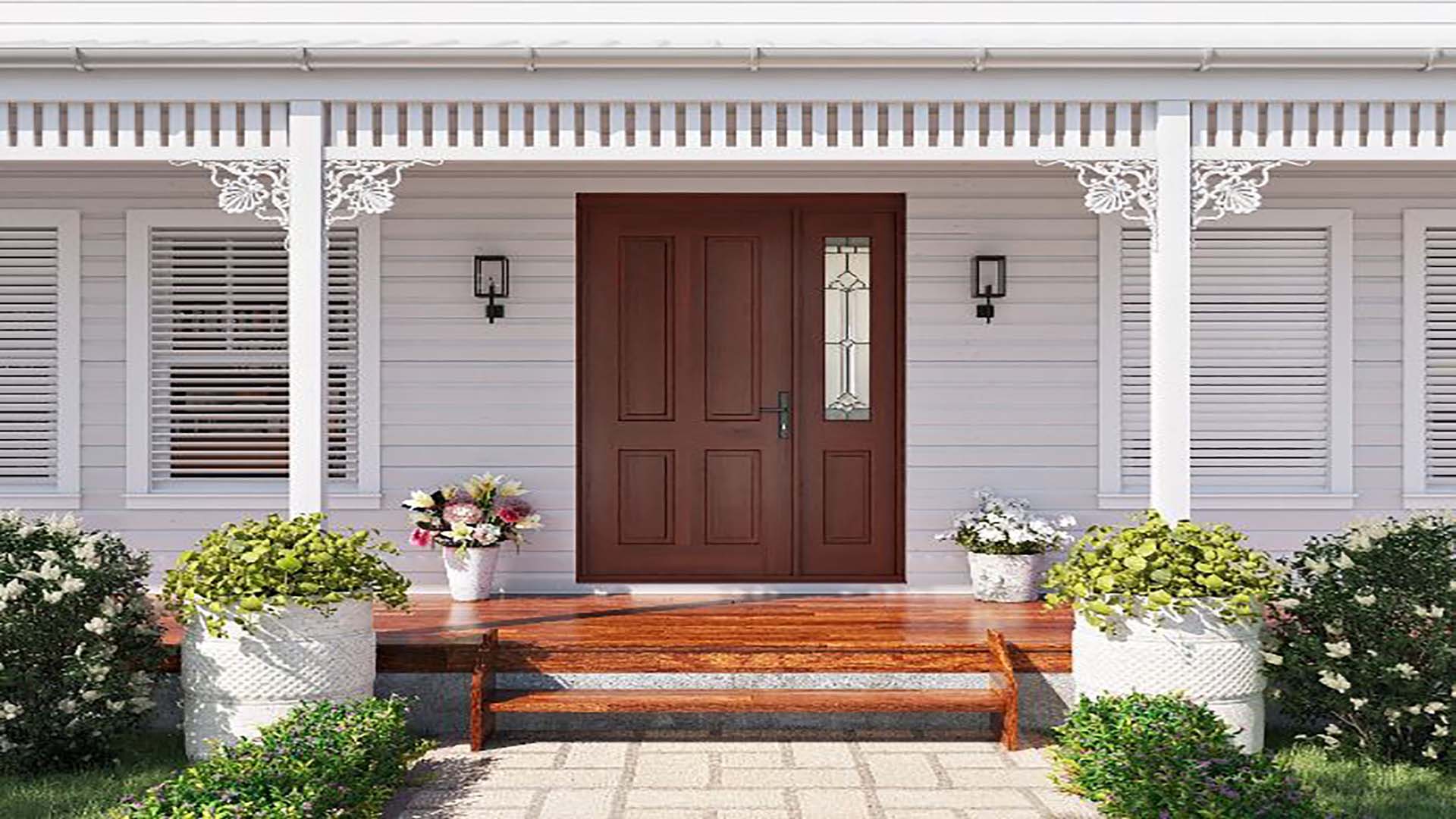
Good insulation is key to a comfortable home.
A well-insulated door keeps out the draughts, helps you to regulate the temperature in your home – whatever the season – and keeps your energy bills down.
There are many different types of entry doors, and some materials and styles are better at holding the elements at bay.
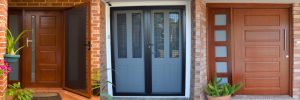
If yours is letting you down, there are a few simple insulated door solutions that can make a big difference, without you having to splash out for a whole new door.
Read on to find out more about how to insulate entry doors.
How Can I Make My Door More Insulated?
Before you start researching and calculating the cost of entry doors to put an end to the draughts, check out these simple methods for how to insulate an existing house.
Method #1: Tighten all Fittings and Screws
Proper installation is a major factor in the insulation performance of your exterior doors.
Over time, your doors may have shifted or come loose so it’s worth checking and tightening all fittings and screws so that your door is hanging correctly within the frame.
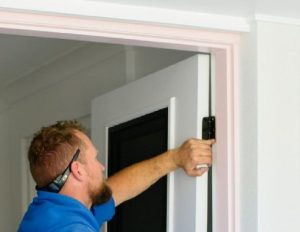
You might find it helpful to read about how to install entry doors so that you know what to check for.
Method #2: Strip and Replace Your Existing Weatherproofing
The majority of heat loss and draughts occur around the edges of your entry doors, such as between the door and the door jamb, so it’s important to make sure that your doors are well sealed.
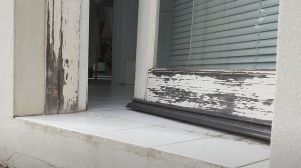
Weatherproofing and caulking can deteriorate over time so you should check, strip and replace it as needed, for maximum insulation performance.
Self-adhesive weatherproofing strips are one of the quickest and easiest answers to how to insulate entry doors.
Simply cut to size and stick around the door frame, to seal any gaps without interfering with the function of the doors.
Method #3: Seal Glass Exterior Doors with Heavy Curtains and Drapes
Hanging thick, heavy curtains on the back of your entry doors can be a highly effective way of keeping in the heat in winter (and blocking out the glaring sun in the summer months).
Of course, you will need to match your curtains to your entry doors sizes for full coverage.

Image Courtesy : Pinterest
This has the added bonus of giving you a cosy, homely feel on the interior of your doors, as well as greater privacy, and is therefore particularly effective for glass entry doors.
Method #4: Install a Weather Seal
Another simple and cost-effective tip for how to insulate entry doors is to install weather seal along the bottom edge of your doors.
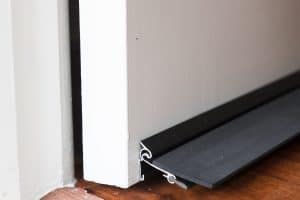
A sweep or brush seal works by sealing any gap between the door and the floor when the door is closed. This will help to eliminate air, dust or bugs from creeping in underneath to door.
Be sure to get the right kind and size of Weather Seal to fit your entry doors. Check your local store for the range of door seals available.
Method #5: Use Draft Snakes or Draft Blockers When Door Isn’t In Use
Another method for sealing the gap at the bottom of your doors is to use a draft snake or draft blocker that lies along the floor against the inside of the door and keeps out the cold air.
These are generally quite affordable, and you can even make your own if you would rather not buy one.
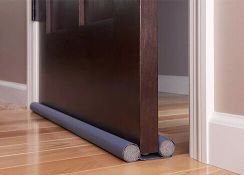
A draft snake is a particularly good idea if you have hardwood or tiled floors, where there is likely to be more of a gap than there would be with carpet.
What if These Solutions Don’t Work?
These are our top 5 tips for how to insulate entry doors without replacing the doors themselves.
But there are some problems that can only be solved with a complete replacement.
If you’re still experiencing draughts or heat loss through your entry doors, it’s likely that your doors have lost a certain amount of structural integrity over time and simply aren’t up to the task any longer.
The red flags to look out for include large cracks or warping, so that there are gaps between the door and the frame, or sponginess of the door material and construction.
In these cases, it’s best not to spend your time and money on DIY insulation solutions but rather to invest in a new door that will make all the difference and last for years to come.
Entry Door Insulation FAQs
-
How do you insulate an old wooden door?
You can try all of the door insulation methods above to improve the performance of your wooden entry door.
For an older door, it’s a good idea to start by checking and replacing the weatherstripping.
Weather Seals are also a good idea for wooden doors as they keep out draughts and stop dust and bugs from entering the home.
Wood is more likely to crack or warp over time, compared to materials such as fibreglass or aluminium, so if your old wooden door has some serious structural issues due to the elements, it may be time for a replacement.
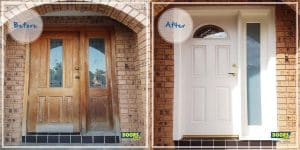
-
What type of exterior door is most durable?
The most durable and weather-resistant front doors tend to be fibreglass doors, such as the Doors Plus ClimActive range.
With a polyurethane core that can expand and contract with changing temperatures, these robust doors are guaranteed not to warp, split or rot.
-
Why do door frames rot at the bottom?
Door frames can begin to rot at the bottom because of standing water or moisture that runs down the face of the door and pools at the base.
This is one of the most common reasons for a door replacement as it leads to draughts and leaks, and can compromise the security of your home.
Our fibreglass ClimActive doors include a moisture proof, anti-rot bottom rail to prevent this.
Is It Time to Replace Your Doors?
If you’re suffering from draughts or heat loss around your exterior doors, it’s worth trying some of these quick fix insulated door solutions before deciding that you need a full replacement.
You might be thinking, it costs how much to insulate a house in Australia?
But these insulation methods are likely to be much more cost-effective than splashing out on new doors before you need to.
Sometimes, though, a new door is the only way to fully solve your insulation woes.
If you’ve had a go at improving the performance of your existing doors and you’re still not feeling the difference, there is a huge range of entry doors available at your nearest Doors Plus showroom.

One of our friendly door specialists will take the time to understand your requirements and the pitfalls of your existing doors.
Book your consultation today and we can help you find the answer to a comfortable, draught-free home.

